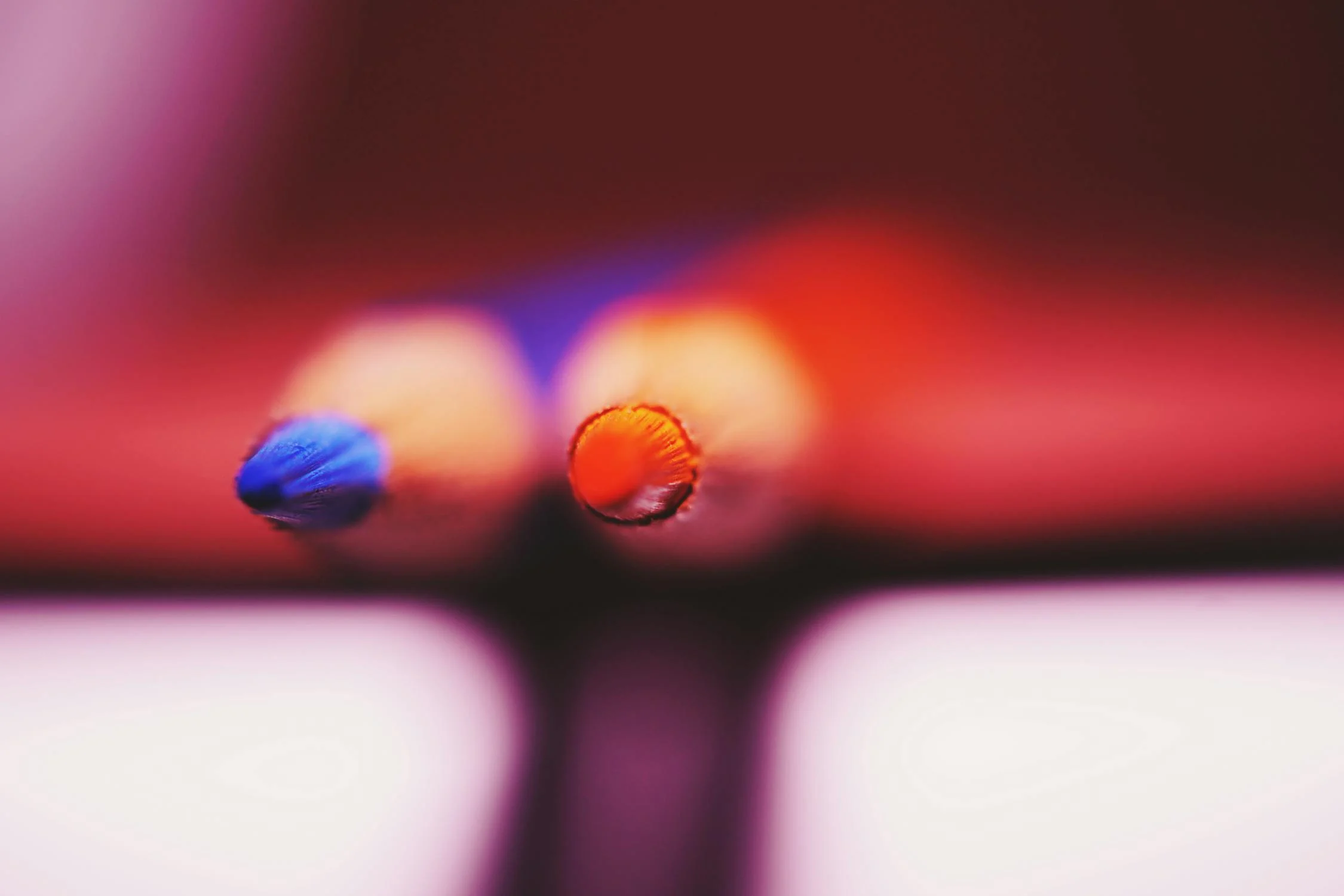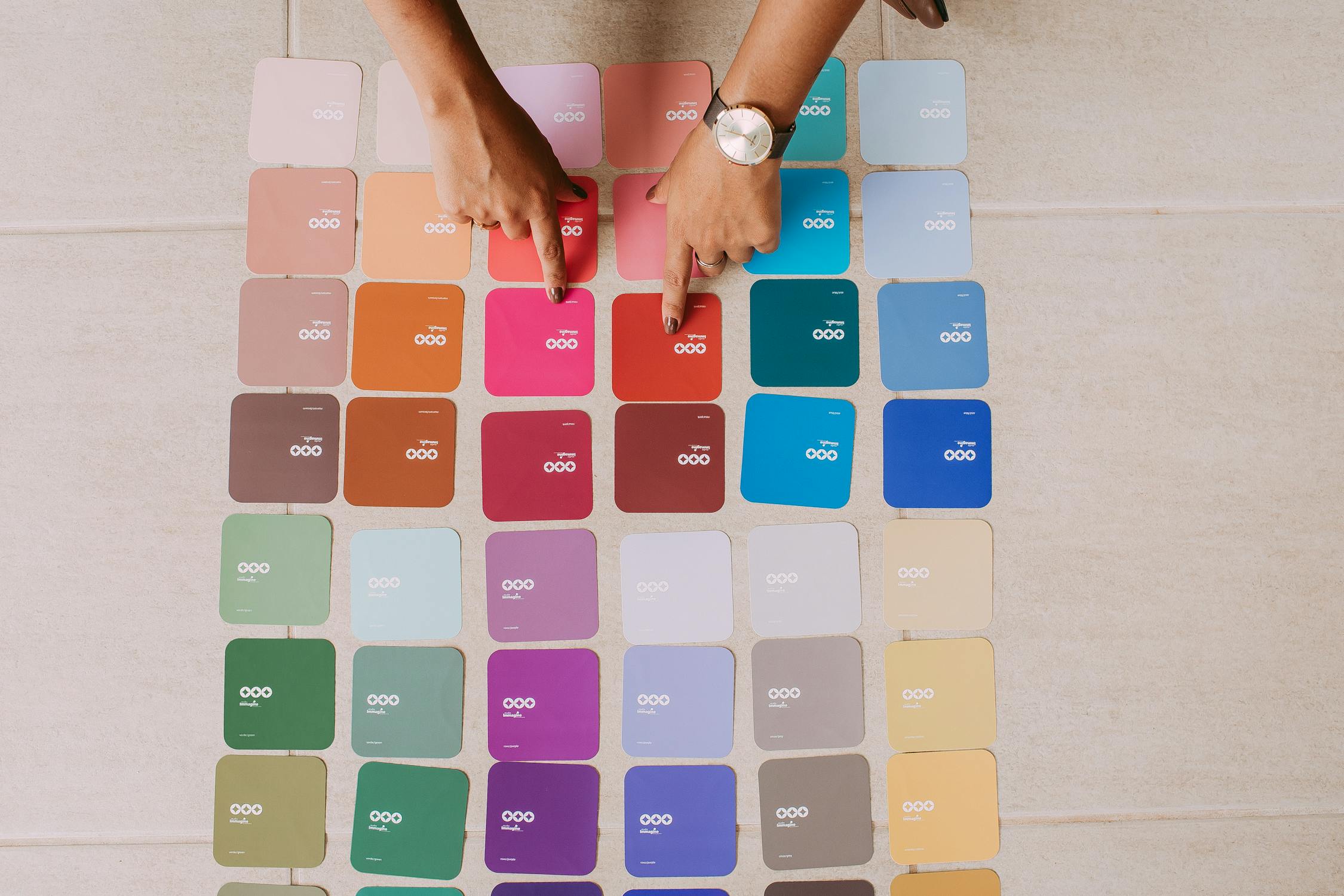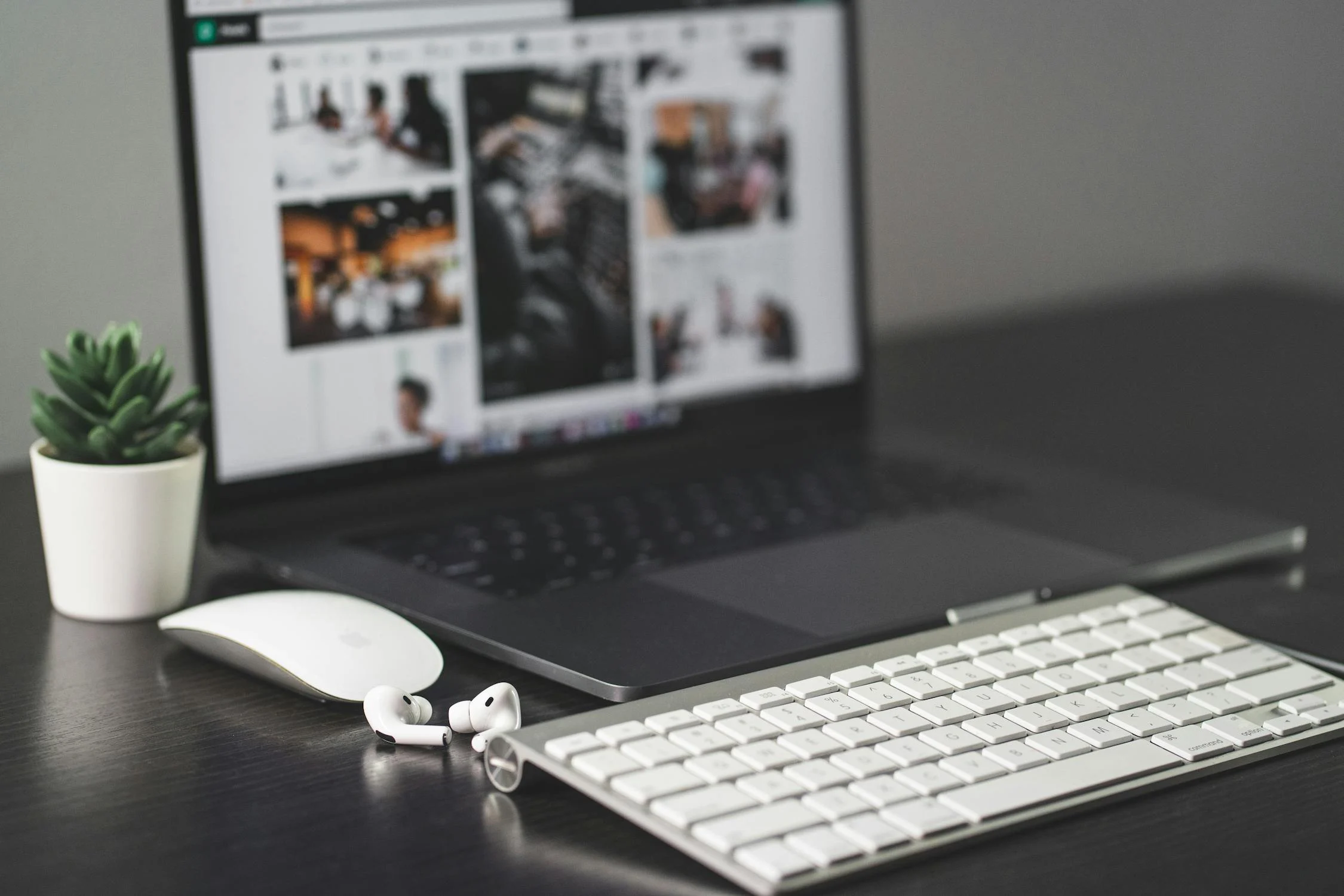Line25 is reader supported. At no cost to you a commission from sponsors may be earned when a purchase is made via links on the site. Learn more
With the rapid advancement of digital technology, there are numerous website design trends that are becoming prominent as time passes by which reflects the ever-evolving digital landscape. Exerting the effort to keep up with these trends is essential in order to improve user experience and boost engagement. The last thing you would want is for users to immediately lose interest when they stumble upon your site due to its outdated and unappealing appearance.
The good thing is that we are here to help you develop a highly functional, and at the same time, aesthetically-pleasing web design by presenting to you the latest website design trends of 2025. Here are the top 20 website design trends in 2025 that will help your site gain traction:
1. Color Trends

Color trends in web design as of 2025 are shifting towards visual comfort. Modern designers are using vibrant hues paired with soothing and muted color palettes for balance. Moreover, most brands are using colors that effectively reflect their brand identity. For instance, earthy and neutral tones are used by brands who promote sustainability and environmental consciousness. Essentially, brands are using warmer and softer tones to create visual interest and offer warmth to viewers.
2. Dark Mode
Dark mode versions of websites have continued to gain momentum throughout the years. Currently, many websites offer options for users to toggle between light and dark mode, enabling them to choose their preferred viewing experience. This approach helps reduce eye strain, addressing concerns for users who spend a relatively long screen time every day. Other than that, a dark mode theme also improves readability while providing a modern and sleek aesthetic at the same time.
3. White Space
One of the current trends in web design is to emphasize negative or white space. This approach allows balance between typography and empty or “white” areas in order to create a clean and uncluttered area. Moreover, emphasizing white space enhances the readability of the content, enabling users to focus on the message of the website.
4. Minimalism
Most brands still uphold the design principle, “less is more”. A minimalistic approach in web design focuses on highlighting the essential elements and content, creating a clutter-free experience for users. Moreover, this trend allows users to seamlessly navigate the site, absorb information without feeling overwhelmed, and direct their focus on the key messages.
6. Bold Typography
As time passes by, typography has become central in the world of web design. Brands would often use large, bold, and expressive typefaces to capture the user’s attention. Moreover, they serve as the visual centerpieces that represent the brand’s voice and establish a clear brand identity.
6. Gradient Color Schemes

Gradients have now evolved from two-tone fades to multi-color spectrums and dynamic radial effects. They appear to add depth, dimension, and visual interest to a website. Oftentimes, they serve as a striking background rather than merely subtle color overlays. However, they can also be used in buttons or other interactive elements.
7. Asymmetrical Layout
Asymmetrical layout refers to a popularly rising layout with unevenly distributed elements. This kind of layout creates a dynamic visual appearance and aims to arouse the interest of the users. Brands that deal with sports, movement, or those who appear modern or creative often use this layout to highlight specific content.
8. Grid Layout
While grid layouts are often considered “traditional” or overused, they remain relevant and popular when it comes to structuring content. This is because they offer an effortlessly clean and organized format, making users easily and effectively browse through the content.
9. Neomorphism
Neomorphism infuses depth into your design by using shadows, highlights, and muted color palettes. This kind of style creates a tactile feel, making elements appear extruded or softly protruding from backgrounds. Neomorphism creates a modern and sophisticated look on your website which can evoke a sense of familiarity or comfort from users visiting the site.
10. Custom Illustrations
Custom illustrations bring life and depth to your brand’s identity. They effectively portray concepts of the brand that a photo or stock illustration often cannot. Essentially, custom illustrations create a unique and distinctive appearance for your brand which can capture a user’s attention more than those sites who rely solely on stock illustrations.
11. Interactive 3D Elements
Interactive 3D elements create an immersive experience for users visiting the site. 3D elements allow users to see products in a true-to-life state as if they are seeing them in person. Users can rotate, zoom in, or interact with the 3D models of the products to closely examine their design, features, and dimensions before they make the purchase. In addition, these elements can enhance the site’s narrative and interactivity.
12. Floating Objects

Floating objects add depth, personality, and interactivity to the site. These objects float and hover unexpectedly, making a sense of surprise and increasing user engagement at the same time. They are often used by brands who wish to effectively showcase or highlight their products to their target audience.
13. Video Backgrounds
Video backgrounds are used to enhance a site’s message. Some videos are also incorporated into dynamic scrolling where the video will play as the user scrolls through the site. Though they can contribute to the visual or aesthetic appeal of the site, they must be used thoughtfully to avoid distracting users from the site’s main content.
14. Micro-interactions
Micro-interactions are animated elements that provide visual feedback to the user through small interactions like color-changing links, hovering buttons, loading indicators, and scroll-triggered effects. Essentially, it enhances the overall interactivity of the user with the site.
15. Micro-animations
Micro-animations are subtle movements that add visual interest to an interface. They are mainly focused on adding “visual personality” and using subtle motion to guide user navigation seamlessly. Micro-animations can be purely aesthetic or they can also contribute to the functionality of the website.
16. Storytelling
Storytelling in a website can be seen through scrolling. As the user scrolls through your page, the site will appear like it is telling a story. This technique creates engaging narratives as users navigate through the site by simply scrolling. It uses parallax effects, zoom-ins, and animated visual storytelling in order to get the message across while getting users to stop in their tracks and pay attention.
17. Voice User Interface (VUI)
The emergence of rapid technological advancements comes with the rise of smart voice assistants. Incorporating voice search or voice activation is becoming essential. This is because websites that use VUI create a website that improves accessibility and user experience especially to those who would like to browse or interact with the site hands-free.
18. Sustainable Web Design

In the recent years, web design have evolved into creating environmentally-friendly websites with the goal of further reducing digital footprints. Brands that employ this design trend showcase their commitment in protecting and preserving the environment, making conscious decisions that will greatly benefit the environment.This design trend especially resonates with users who are eco-conscious.
19. Responsive Design
There are currently a variety of devices available; hence, a responsive design remains essential. A website design must adapt seamlessly to different screen sizes while remaining functional, whether they may be a phone, tablet, or any other available device. This practice will help you create an optimal user experience with your site.
20. Virtual Reality Experience
Virtual reality experiences in websites are increasing over the years. With the rising popularity of online shopping, it appears to have greatly impacted the world of e-commerce. Integrating VR features into websites have proved to be effective in creating an engaging and meaningful experience for users since they provide virtual try-ons for users, urging them to make confident buying decisions in the comfort of their home. For instance, some make-up brands employ virtual make-up try-ons to help potential customers decide which shade of lipstick is best suited for them.
Conclusion
Virtual reality experiences in websites are increasing over the years. With the rising popularity of online shopping, it appears to have greatly impacted the world of e-commerce. Integrating VR features into websites have proved to be effective in creating an engaging and meaningful experience for users since they provide virtual try-ons for users, urging them to make confident buying decisions in the comfort of their home. For instance, some make-up brands employ virtual make-up try-ons to help potential customers decide which shade of lipstick is best suited for them.
Common Questions about Top 20 Website design trends
Bold Expressive Fonts
Typography continues to evolve in web design, with bold, expressive typefaces that capture attention and establish a clear brand voice. Another key trend is maximalist typography, where oversized and layered text is used to create visual impact.
Vibrant gradients
This trend breathes life into websites, adding depth and energy to backgrounds, buttons, and text. Whether a subtle two-tone blend or a bold, multi-color splash, gradients bring a modern, playful vibe that grabs attention without feeling overdone.
From the visitors’ point of view, the best site design is a pure text, without any advertisements or further content blocks matching exactly the query visitors used or the content they’ve been looking for. This is one of the reasons why a user-friendly print-version of web pages is essential for good user experience.
This trend is about bold and ugly minimalism. It plays on minimalism’s love for space, clean lines and uncluttered layouts but cranks up the volume with bold fonts and vibrant colors. Key elements of the Not Quite Minimalism graphic design trend: Bold fonts: Eye-catching minimalist typography with a twist.
In 2025, 3D designs and motion graphics will take center stage. Brands will focus heavily on hyper-realistic product images, refined textures and captivating animations.
